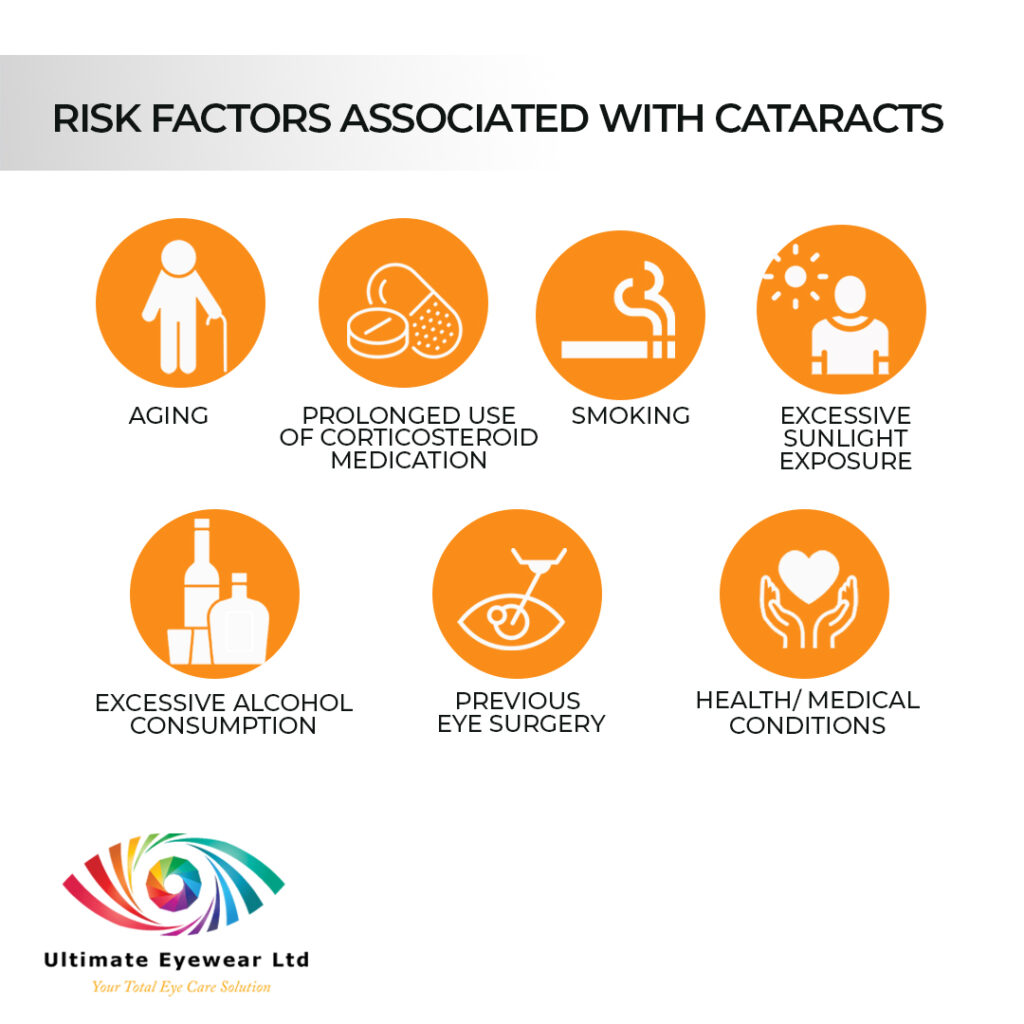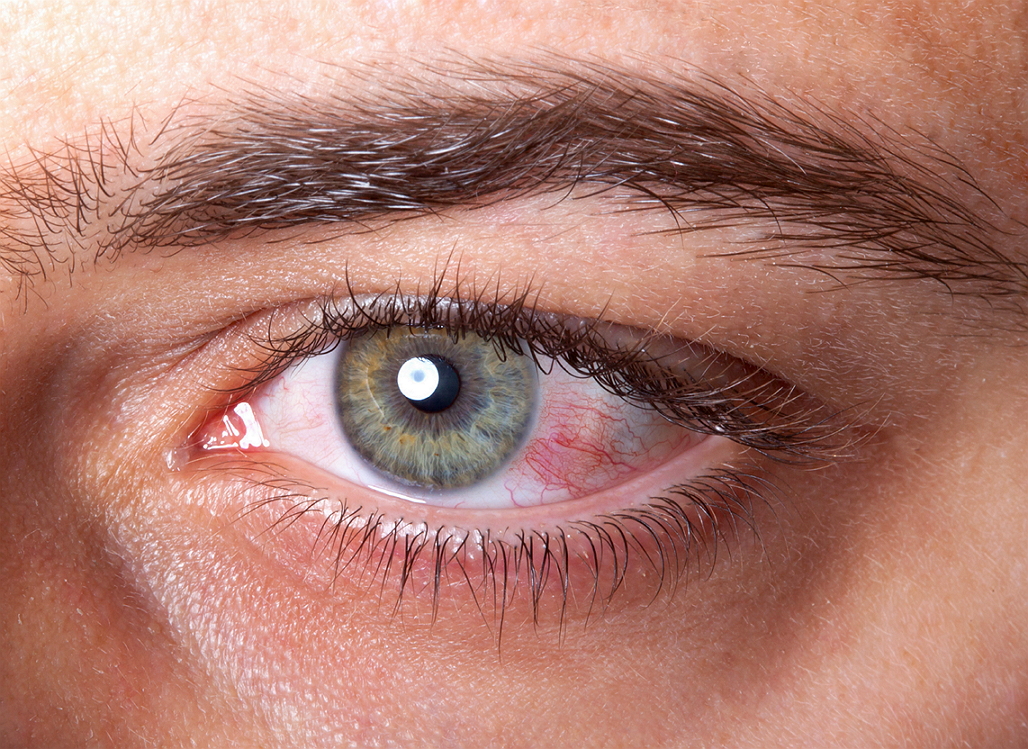Things you should know
about Cataracts

Class is in Session and we will be going in-depth with this new and informative topic, Cataracts.
Today, we’re discussing what cataracts are, and over the next few weeks, we will discuss more details relating to this eye disease.
A cataract is a clouding of the eye’s lens, the clear, oval-shaped structure that rests behind the pupil.
Most cataracts occur as a result of age, usually sometime after 40. As we get older, the proteins that help make up the lens can start to cluster together, which causes clouding. Cataracts are one of the most common causes of vision loss, usually affecting either eye or sometimes one, but there is good news! It is treatable, and we will also get into that a little later on.
When there are cataracts in both eyes, it can progress at a different rate. One eye may experience visual changes when another can be normal. These changes don’t typically happen immediately, it can take a few months or even a few years to notice. Once you start to notice changes in your vision, it may seem like your vision is blurry, cloudy, hazy, or even. You may notice that your vision is less vibrant or more muted…

How can you tell if you have cataracts? We’re back with our ‘Class is in session’ segment on cataracts. Let’s get right into the symptoms.
· Clouded blurred or dim vision
· Increasing difficulty with vision at night
· Sensitivity to light and glare
· Need for brighter light for reading and other activities
· Seeing “halos” around lights
· Frequent changes in eyeglass or contact lens prescription
· Fading or yellowing of colours
· Double vision in a single eye
Cloudiness may initially affect one small part of your eye’s lenses. The cloudiness can grow and obscure more of your vision, essentially distorting the light that passes through your lenses. At this point, you may notice serious vision changes (vision loss) and should get help before this condition worsens. However, you don’t have to wait until you experience visual changes to get your eyes test. We suggest you do eye exams frequently if you are at risk for developing cataracts.

What Causes Cataracts? We have the answer in today’s ‘Class is in Session’ segment. Cataracts maybe caused by; trauma (injury to the eye) genetics, previous eye surgery, medical conditions such as diabetes, long-term use of steroid medication, or simply aging.
The lens, where cataracts form is positioned behind the coloured part of your eye (iris). The lens focuses light that passes into your eye, producing clear, sharp images on the retina (the light-sensitive membrane in the eye).
As you get older, the lenses in your eyes become less flexible, less transparent, and thicker. Issues related to age or medical conditions, as listed above may cause the tissue within the lens to break down and cluster together. The result of the tissue clustering together is cloudy vision.
As cataracts further develop, more parts of your eyes get affected and it blocks the lights as it passes through the lens. Once the light is blocked, less defined images will reach your retina, essentially causing blurry vision.
Just for your knowledge, we’re briefly touching on a few types of cataracts. Some Cataracts affect the center of the lens (nuclear cataracts), the edges of the lens (cortical cataracts), the back of the lens (posterior subcapsular cataracts), and cataracts you’re born with (congenital cataracts).
Yes, some people are born with cataracts and it’s caused by eye trauma, diseases, or genetics.

Have you ever wondered if there are any risk factors associated with Cataracts? If you have wondered that, then we have the answer for you. Let’s get right into this brief segment. Factors that increase your risk of cataracts include:
- Diabetes
- Previous eye injury or inflammation
- Previous eye surgery
- Prolonged use of corticosteroid medications
- Drinking excessive amounts of alcohol
- Increasing age
- Excessive exposure to sunlight
- Smoking
- Obesity
- High blood pressure
If you have these risk factors, get regular eye examinations. Eye examinations can help detect cataracts and other eye problems at their earliest stages.
Opening Hours
Monday – Friday : 8:00AM – 5:00PM
Saturdays: 9:00AM – 1:00PM

















